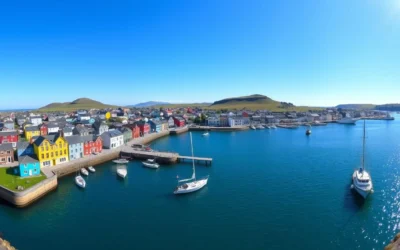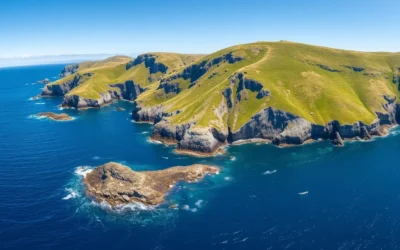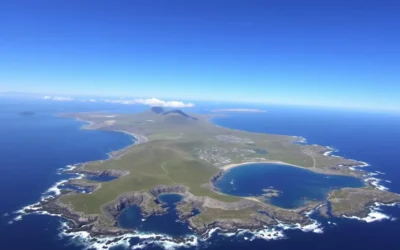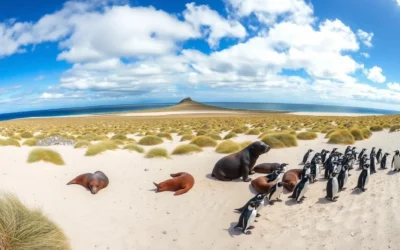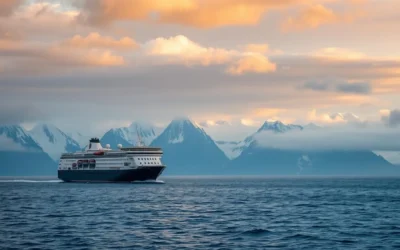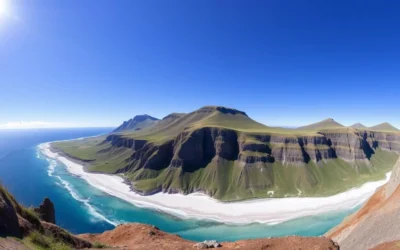Did you know that despite its foreboding name, Bleaker Island hosts one of the most diverse wildlife populations in the Falklands, with three penguin species, 8,000 pairs of imperial shags, and rare flora all thriving on a narrow strip of land just nine miles long? This wildlife paradise, originally named “Breaker Island” for the waves that crash upon its shores, offers nature enthusiasts an intimate encounter with the untamed beauty of the South Atlantic.
Getting There & Planning Your Journey
Reaching this remote wildlife haven requires careful planning. Bleaker Island is located approximately 85km southwest of Stanley, the capital of the Falkland Islands. Most visitors arrive via small aircraft from Stanley, as there are no regular ferry services to the island.
Ready to Start Your Falklands Adventure?
Find the best flight options to Stanley, Falkland Islands, from your location.
For the most comprehensive experience, consider booking through a specialized tour operator that includes Bleaker Island in their Falklands itinerary. Many Antarctic and South Atlantic expedition cruises include the Falkland Islands as part of their route, though specific stops at Bleaker Island should be confirmed in advance.
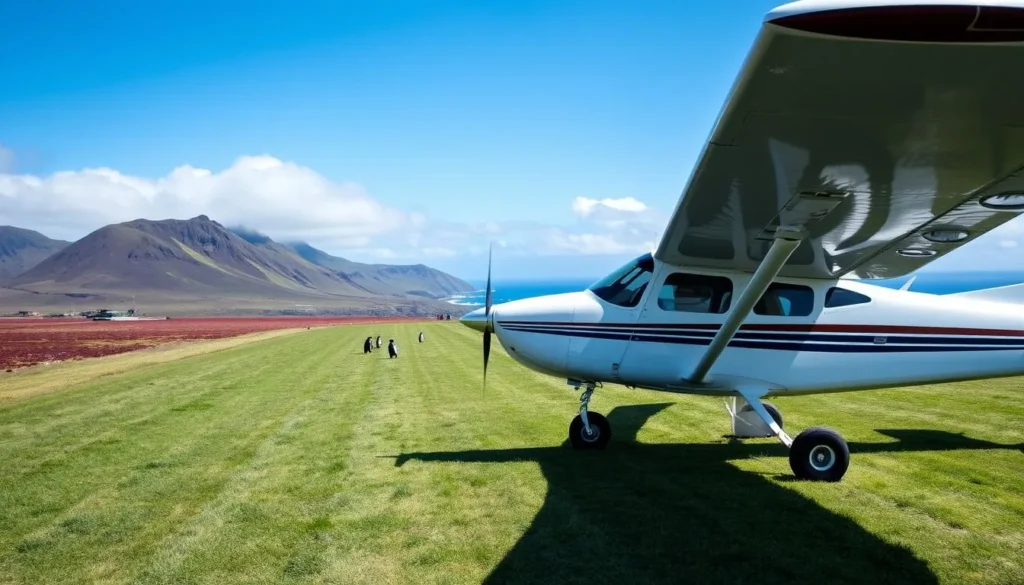
Best Time to Visit & Weather Tips
The optimal time to visit Bleaker Island is during the Falklands’ summer months (November to February). This period offers milder temperatures ranging from 10-15°C (50-59°F) and coincides with peak wildlife activity, particularly for penguin breeding colonies.
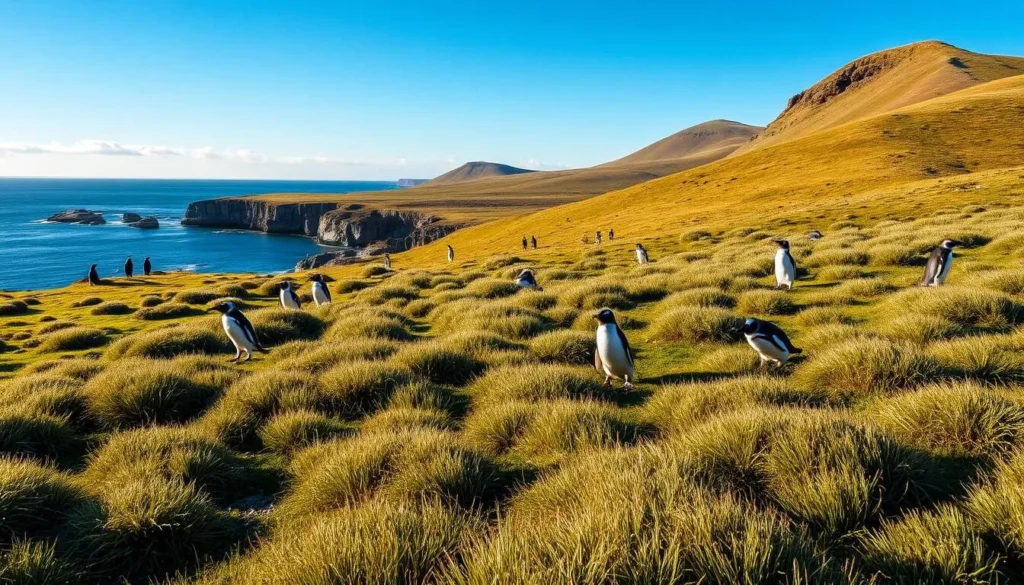
Weather in the Falklands is notoriously changeable, with strong winds being a constant companion. Pack layers, waterproof clothing, and sturdy walking boots regardless of when you visit. Even summer days can turn chilly quickly when the wind picks up.
Packing Essentials: Waterproof jacket and pants, layers for varying temperatures, sturdy walking boots, hat, gloves, sunscreen (the UV index can be high despite cool temperatures), and binoculars for wildlife viewing.
Winter visits (June-August) are possible but challenging, with shorter days, colder temperatures, and reduced wildlife activity. However, this period offers a different perspective of the island’s rugged beauty for the adventurous traveler.
Getting Around Locally
Bleaker Island is relatively small at just nine miles long, making it perfect for exploration on foot. There are no paved roads or public transportation on the island. Walking trails connect the main wildlife viewing areas, and the terrain is generally manageable for those with reasonable fitness levels.
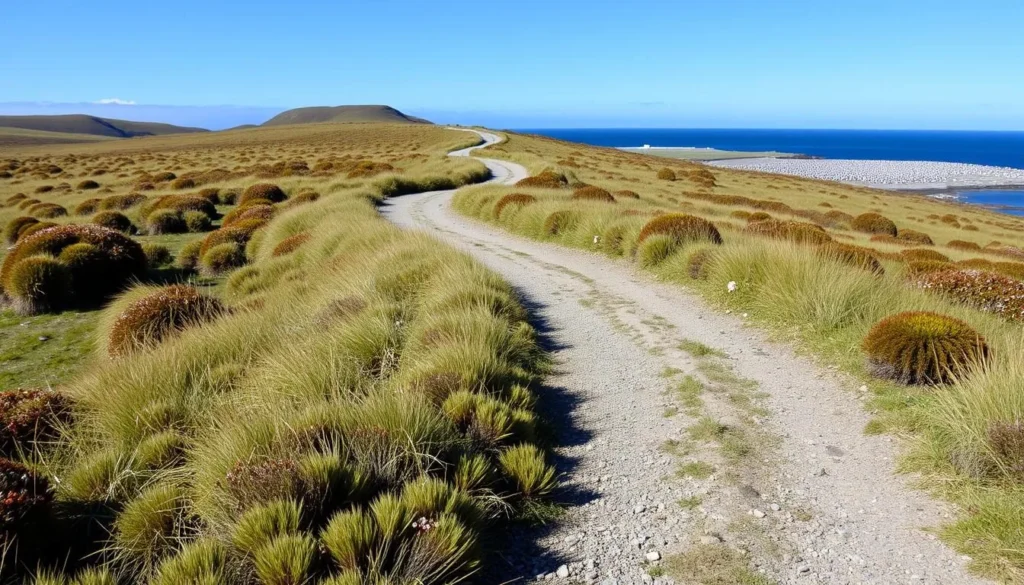
The island’s landowners occasionally offer guided tours or transport to more distant parts of the island. These can be arranged in advance and are highly recommended for accessing some of the more remote wildlife colonies.
Exploring the Falkland Islands
If you’re planning to visit multiple islands, consider renting a vehicle in Stanley for the mainland portions of your trip.
Remember to respect wildlife by maintaining appropriate distances (at least 6 meters from all animals) and following designated paths to minimize environmental impact. Wildlife always has right of way on Bleaker Island!
Where to Stay
Accommodation options on Bleaker Island are limited but charming. The primary lodging is Cassard House, a comfortable self-catering cottage that can accommodate up to 8 guests. The house offers stunning views of Sandy Bay and provides an excellent base for wildlife exploration.
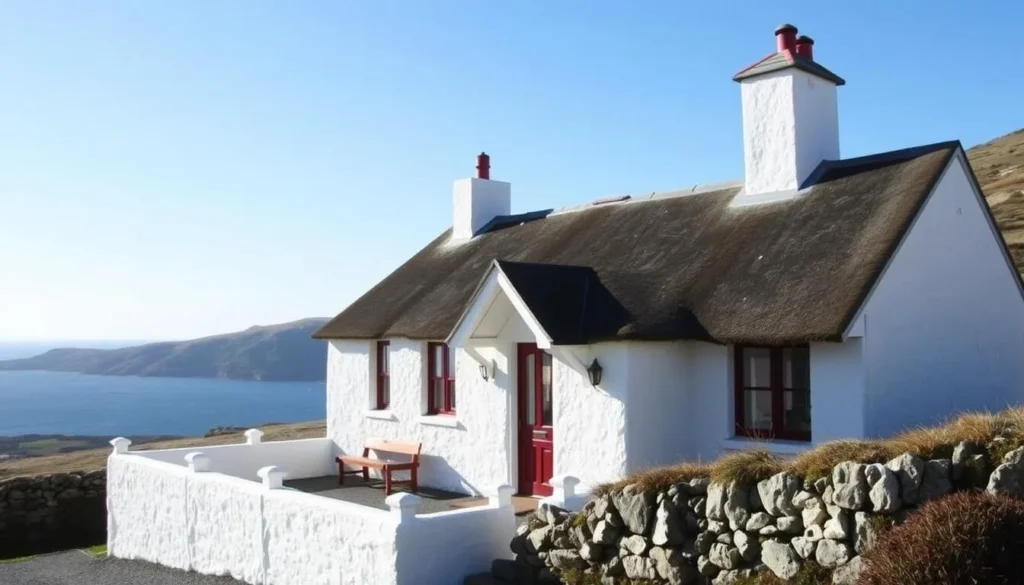
Book Your Bleaker Island Stay
Secure your accommodation early as options are limited on this remote island.
Facilities at Cassard House include a fully equipped kitchen, comfortable living areas, and heating. There’s no restaurant on the island, so guests must bring all their food supplies from Stanley. The house’s hosts can provide advance information on what to bring and what might be available locally.
Pro Tip: Book accommodation well in advance (6-12 months) as space is extremely limited and the island is a popular destination for wildlife enthusiasts and photographers.
Dining & Local Cuisine
There are no restaurants or shops on Bleaker Island, making advance preparation essential. Visitors staying at Cassard House will need to self-cater, bringing all necessary food supplies from Stanley before flying to the island.

The kitchen at Cassard House is well-equipped with modern appliances, allowing guests to prepare their own meals comfortably. Some visitors arrange with their hosts to have certain staples available upon arrival, though this should be discussed well in advance.
For those interested in Falkland Islands cuisine, consider bringing ingredients to prepare traditional dishes like ‘diddle-dee’ jam (made from local berries), upland goose pâté, or dishes featuring locally raised lamb. The Falklands are also known for excellent fish and seafood, though you’ll need to bring these from Stanley.
Packing Tip: Bring more food than you think you’ll need, as weather can sometimes delay departures from the island. Don’t forget essentials like coffee, tea, snacks for hiking, and any special dietary requirements.
Wildlife & Nature Experiences
Bleaker Island’s main attraction is undoubtedly its abundant wildlife. The island hosts three species of penguins: gentoo, magellanic, and rockhopper. The gentoo colony at Penguin Hill near Sandy Bay includes approximately 2,000 breeding pairs and offers excellent viewing opportunities.
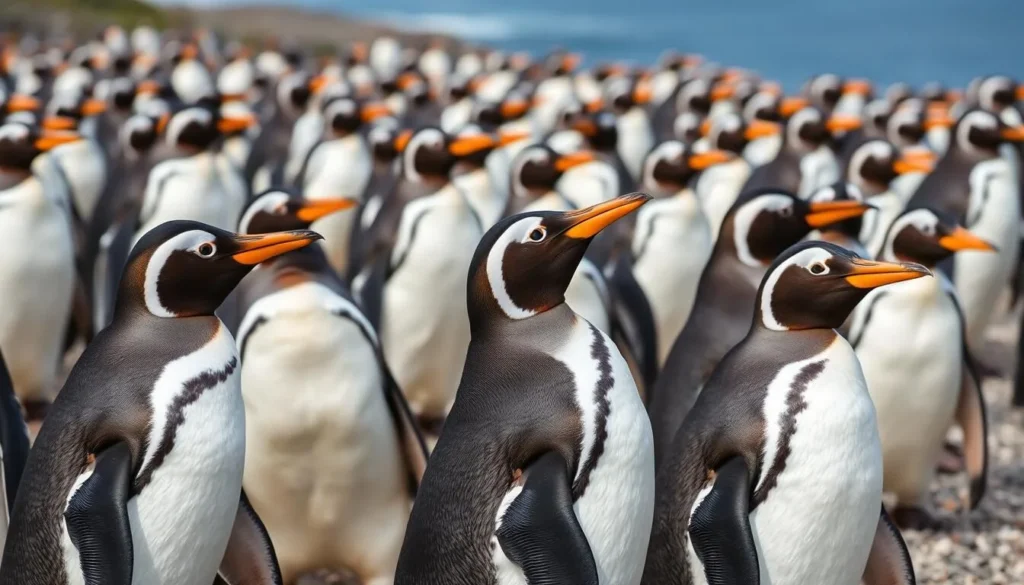
The rockhopper penguin colony at Long Gulch is another highlight, with around 750 pairs nesting on the steep coastal slopes. These charismatic birds with their distinctive yellow crests can be observed from a respectful distance as they hop between rocks.
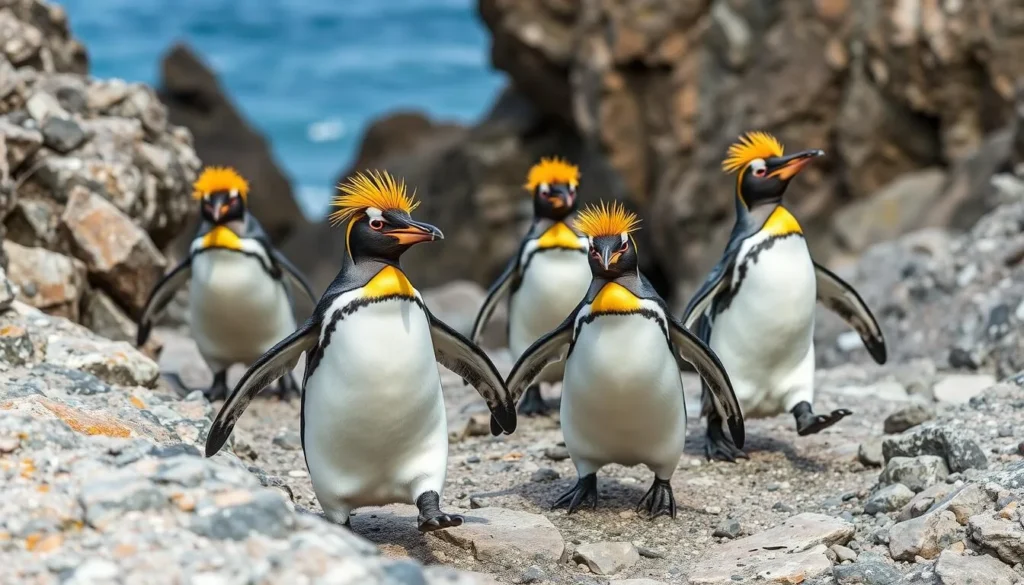
Perhaps the most impressive wildlife spectacle is the enormous imperial shag (king cormorant) colony, home to approximately 8,000 breeding pairs. The sight—and sound—of these birds is truly unforgettable, though visitors should be prepared for the colony’s distinctive aroma!
Experience Falklands Wildlife
Book a guided wildlife tour to maximize your chances of seeing Bleaker Island’s incredible bird colonies.
Big Pond, located between Sandy Bay and Long Gulch, is excellent for observing waterfowl. Species regularly spotted here include flying steamer ducks, Chiloé wigeon, white-tufted grebes, speckled and silver teal, black-necked swans, and ruddy-headed geese.

Marine mammals can also be observed around the island, particularly at Pebbly Bay below the rockhopper colony. Southern sea lions frequently haul out on the rocks here, providing excellent viewing opportunities.
Wildlife Viewing Tip: Bring binoculars (minimum 8×42 recommended) and a camera with a zoom lens. Early mornings and late afternoons typically offer the best light for photography and increased wildlife activity.
Activities & Exploration
Beyond wildlife watching, Bleaker Island offers several activities for nature enthusiasts. Hiking along the island’s coastline reveals stunning landscapes and provides access to various wildlife viewing points. The walk from Sandy Bay to Long Gulch offers particularly spectacular scenery.
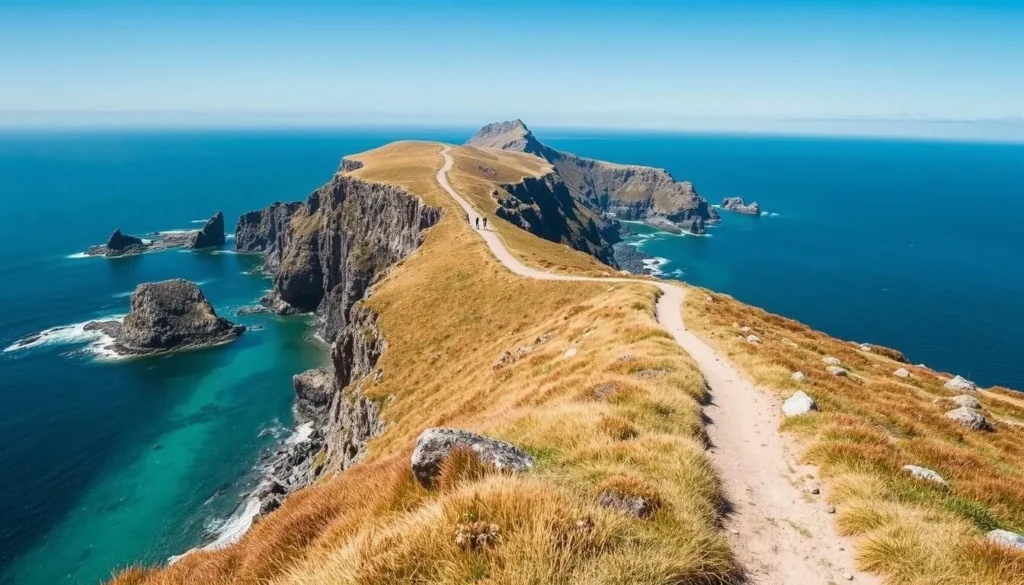
Photography enthusiasts will find endless opportunities to capture the island’s wildlife and landscapes. The dramatic light of the South Atlantic creates perfect conditions for memorable images, particularly during the golden hours of early morning and late afternoon.
Beachcombing along the island’s numerous beaches can yield interesting finds, from unusual shells to weathered driftwood. The white sandy beaches at Sandy Bay are particularly picturesque and worth exploring.
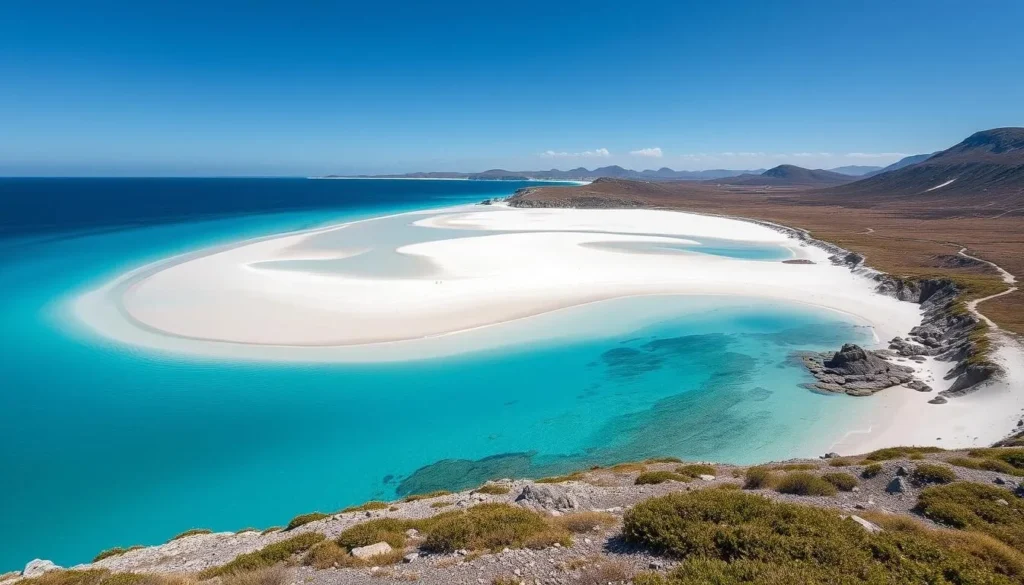
Botany enthusiasts should look out for the island’s unique flora, including dog orchids and lady’s slippers, which are some of the prettiest flowers in the Falklands. The best displays are typically found during the summer months.
Guided Island Experiences
Enhance your visit with expert-led tours of Bleaker Island’s natural wonders.
Practical Travel Tips
Visiting Bleaker Island requires preparation due to its remote location. There are no medical facilities on the island, so bring any necessary medications and a basic first aid kit. The nearest medical help is in Stanley.
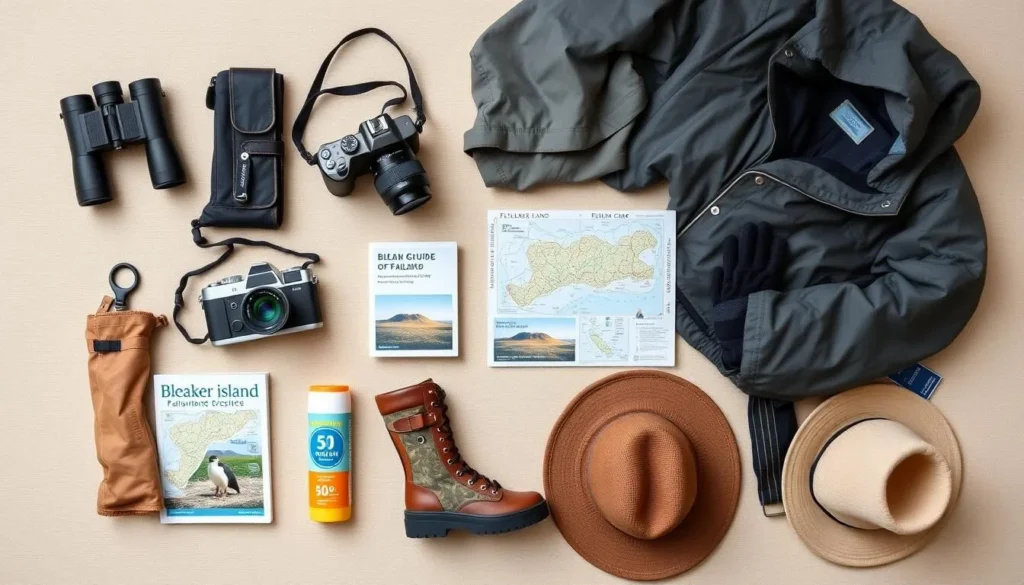
Communication
Mobile phone coverage is limited to non-existent on Bleaker Island. Cassard House has communication facilities for emergencies. Let family know in advance that you may be unreachable during your stay.
Electricity
Power is generated on the island and may be available only during certain hours. Bring spare batteries for cameras and other equipment, and consider a portable power bank for charging devices.
Water
Drinking water is available at Cassard House, but it’s limited. Use water conservatively and follow any guidelines provided by your hosts.
Waste
The island has a “pack it in, pack it out” policy. Be prepared to take all your trash back to Stanley for proper disposal.
Important: Always maintain a distance of at least 6 meters from wildlife. Never approach animals, block their paths, or disturb nesting sites. Wildlife always has right of way on Bleaker Island.
Safety, Etiquette & Local Customs
Bleaker Island is dedicated to organic sustainable agriculture and wildlife conservation. The northern part is a designated National Nature Reserve, and the entire island is recognized as an Important Bird Area. Respecting these designations is crucial for preserving the island’s ecological integrity.
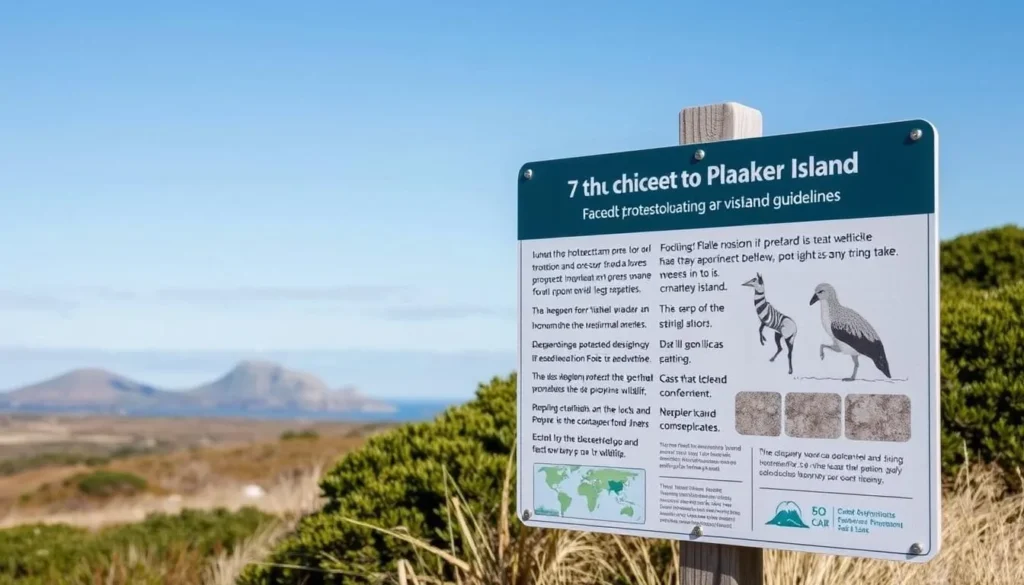
Landings on Bleaker Island typically occur at Sandy Bay. From there, a track leads through tussac grass past Big Pond and around Semaphore Hill to the viewpoint over the rockhopper penguin colony at Long Gulch.
Plan Your Bleaker Island Adventure
Bleaker Island offers a rare opportunity to experience one of the South Atlantic’s most pristine wildlife havens. From the comical antics of three penguin species to the dramatic spectacle of thousands of imperial shags, this narrow strip of land delivers unforgettable natural encounters.
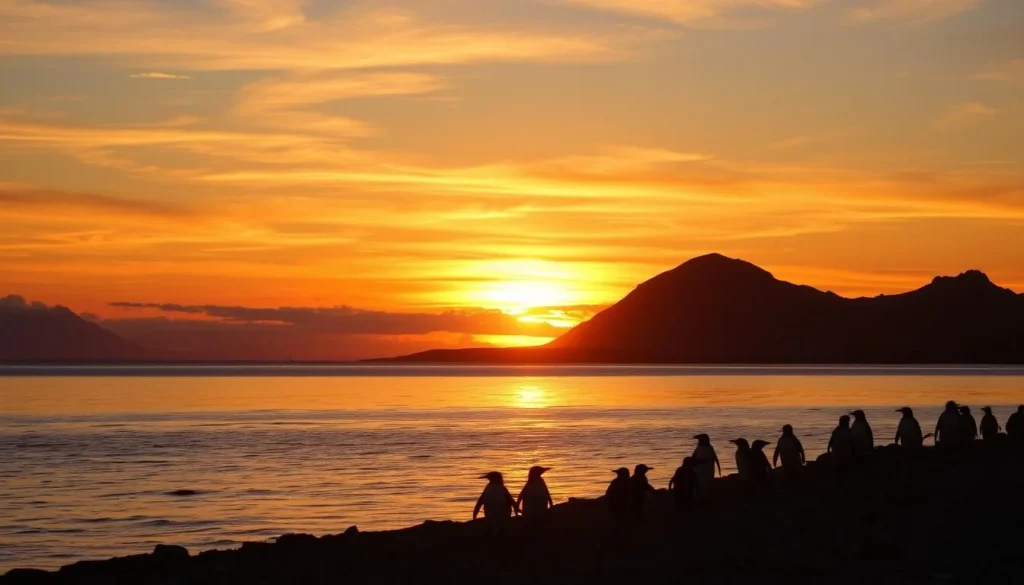
While reaching this remote paradise requires effort and planning, those who make the journey are rewarded with intimate wildlife encounters far from the crowds. Whether you’re a serious photographer, dedicated birder, or simply a traveler seeking authentic natural experiences, Bleaker Island promises memories that will last a lifetime.
Ready to Experience Bleaker Island?
Start planning your Falkland Islands adventure today.
The above is subject to change.
Check back often to TRAVEL.COM for the latest travel tips and deals.

